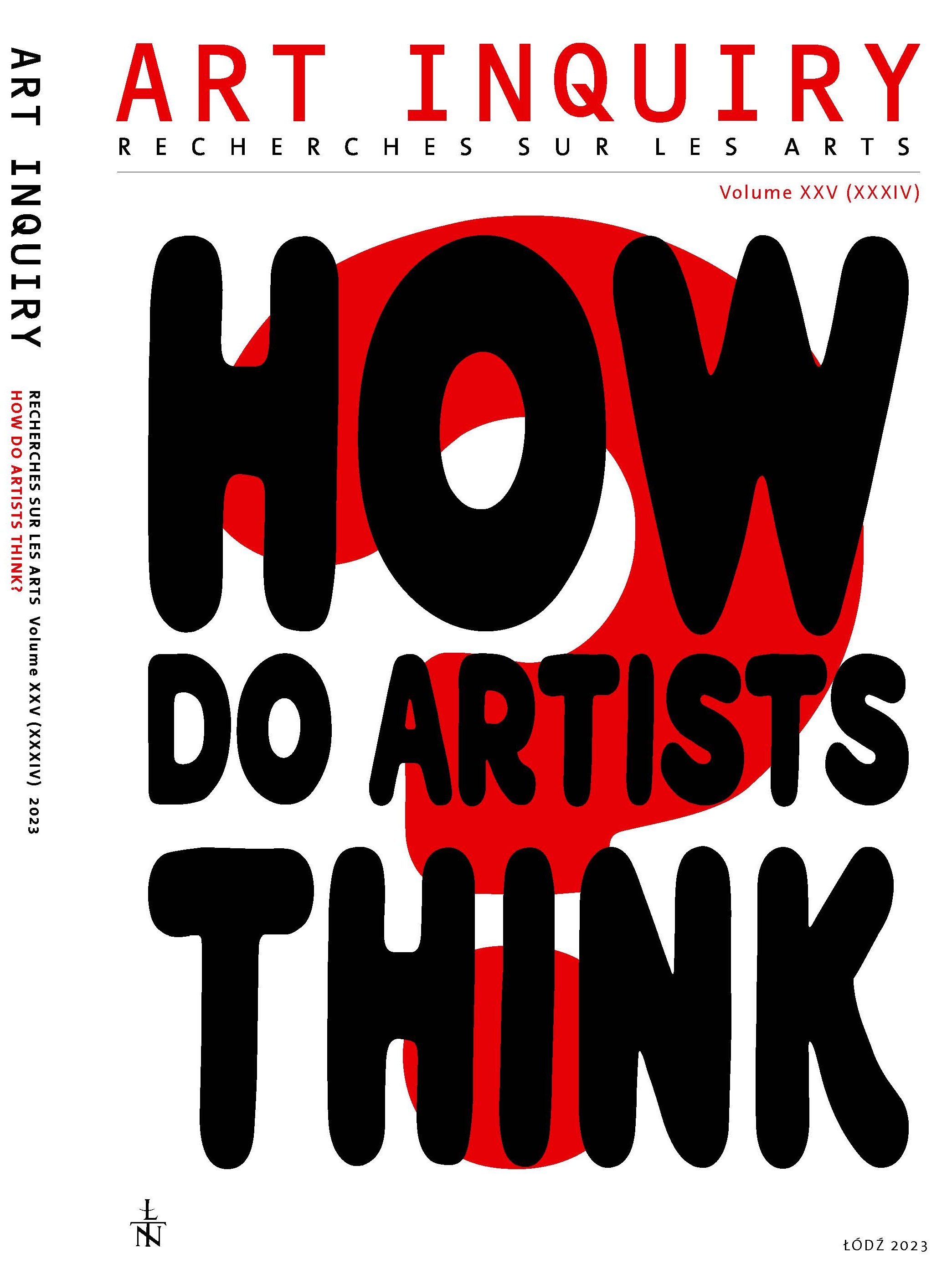Landscape Embodied (in and through Art)
DOI:
https://doi.org/10.26485/AI/2023/25/10Keywords:
landscape, senses, the haptic, art, Józef ChełmońskiAbstract
In this essay, I attempt to formulate the concept of embodied landscape, i.e., landscape which transcends traditional ways of understanding a view or sight, or the paradigms of cultural or participatory landscape. I aim for a conceptualization in which landscape becomes a world of multisensory experience that shapes our relationship with the external world; a realm of immersion so deep that all our active senses are thoroughly engaged, anchoring us in the sensations that cocreate the here and now. To substantiate the concept, I refer to two paintings by Józef Chełmoński: Bociany (Storks) and Babie Lato (Indian Summer), chosen in view of their interpretative potential that exceeds a mere genre scene. The works are shown to be instances of landscape embodiment, singular moments of intermingling and interaction of everything that, at a point in time, constitutes the experienced rather than observed landscape.
References
Angutek D., Kulturowe wymiary krajobrazu. Antropologiczne studium recepcji przyrody na prowincji: od teorii do empirii, Bogucki Wydawnictwo Naukowe, Poznań 2013.
Benjamin W. "A Small History of Photography" in One Way Street and Other Writings, Verso, London, 1985.
Berleant A., Art and Engagement, Temple University Press, Philadelphia 1993.
Berleant A., Re-thinking Aesthetics. Rogue Essays on Aesthetics and the Art, Routledge, 2005.
Frydryczak B., Salwa M., Landscape Art – A New Definition and New Look, in: “Art Inquiry. Recherches sur les arts”, XXIII, 2021, pp. 113-123.
Heidegger M., The Origin of the Work of Art in: Off the Beaten Track, edited and translated by J. Young and K. Haynes, Cambridge University Press, Cambridge, 2002.
Ingold T., Being Alife. Essays on Movement, Knowledge and Description, Routledge, London-New York 2011.
Ingold T., Culture on the ground: the world perceived through the feet, "Journal of Material Culture" 93, 2004.
Ingold T., The temporality of the landscape, "World Archeology", vol. 25, 2.
Jankowiak-Konik B., Malarstwo polskie, Demart, Warszawa 2011.
Merleau-Ponty M., Phenomenology of Perception, Routlage, London New York, 2005.
Paterson M., 'How the World Touches Us': Haptic Aesthetics, in The Senses of Touch Haptics, Affects and Technologies, Berg, Oxford New York 2007.
Rodaway P., Sensuous Geographies. Body, Sense and Place, Routledge, London – New York 1994.
Simmel G. Arnold Böcklin's Landscapes, in Essays on Art and Aesthetics, The University of Chicago Press, Chicago and London, 2020.
Sławek T., Cienie i rzeczy. Rozważania o dotyku, in: W przestrzeni dotyku, (eds) J. Kurek, K. Mali¬szewski, Miejski Dom Kultury Batory, Chorzów 2009.
Downloads
Published
Issue
Section
License

This work is licensed under a Creative Commons Attribution-NonCommercial-NoDerivatives 4.0 International License.



